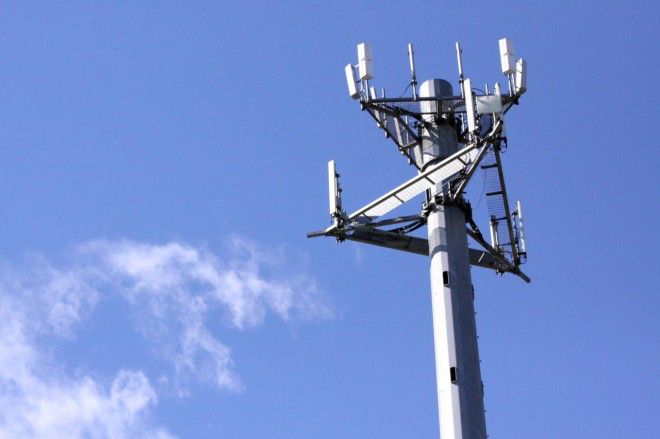More low-band spectrum needed despite Verizon deal
Apart from being focussed on bringing the best deals available to the US postpaid market, T-Mobile’s other “North Star” at the moment is coverage, and it has to be. Once it has the coverage and the plans to compete with the bigger carriers, it’ll be a serious threat and will have a much larger influence on the market.
Part of its strategy to increase quality of coverage and areas covered is to purchase lower frequency spectrum. The idea behind that is to be able to provide strong, fast signal that works better indoors. This is precisely why it negotiated a deal with Verizon over the past couple of months to secure a chunk of VZW’s A-block spectrum in a deal worth almost $2.4 billion.
Despite the mega-deal to take some of VZW’s unwanted airwaves, Magenta still needs more to get to the strength and depth of coverage it needs and wants to be among the top dogs.
In a blog post (via Fierce Wireless), Kathleem Ham (VP of Federal Regulatory Affairs) stated that the deal with Verizon “will provide us with a good base of low-band spectrum, but it does not eliminate our need to continue to add to our portfolio.” It was also reported at the same time as the deal was announced, that the spectrum wouldn’t be available to use until later on in the year. And that’s a lot to do with the inteference between the airwaves and TV channel 51:
“Even though interference and other problems previously associated with the A-Block are rapidly diminishing, thanks in part to an interoperability deal brokered by the FCC with AT&T and Dish, not all of the spectrum will be immediately usable.”
She also stated that – at the moment – the amount of low-band spectrum owned by Verizon and AT&T far outweighs what T-Mobile has. And this could have an impact on future spectrum auctions, one of which is coming soon.
“This means the need to place modest spectrum aggregation limits on the big two carriers in the upcoming 600 MHz broadcast incentive auction has not changed as a result of our transaction with Verizon. As the Department of Justice has explained, AT&T and Verizon have a strong economic incentive to keep other competitors from winning the low-band spectrum at auction, and without reasonable limits on what they can acquire, they are likely to walk away with all or the lion’s share of the licenses offered. We hope the FCC will put the right rules in place to ensure we can continue to roll out the services and technologies consumers have come to expect from T-Mobile.”
In short: The “Big Two” have more cash than everyone else, and without a limit on what carriers are allowed to bid for, it’ll end up with the low-band spectrum being even more unfairly spread out, with T-Mobile possibly missing out on what it needs to expand its low-frequency airwaves nationwide, and compete effectively. With the A-block purchased from Verizon, it can only cover around 21 if the top 30 metro areas, roughly 158 million people.
While we’re hopeful the FCC will put limitations on what carriers can acquire – in terms of spectrum – it’s uncertain as to whether or not the governing body will do anything.
Via: Fierce Wireless
Source: T-Mobile

